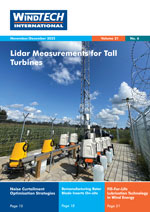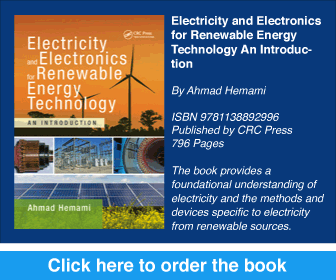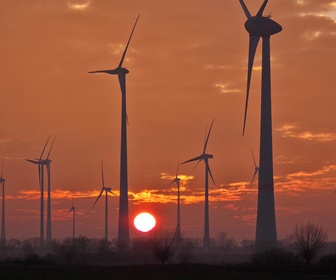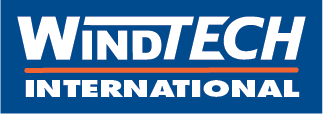Wind energy – Polish progress and plans
 Following a general amendment of its Energy Law, which enables producers of renewable energy to receive income for both the electricity itself and from selling certificates of origin (a type of ‘green certificate’), Poland has entered a path towards development of renewable energy sources. Wind power must play a key role in this process. No other source is capable of ensuring fulfillment of Poland’s commitment to reach a 9% share of energy from renewable sources in the total produced energy balance. This commitment means that at least 400MW of new installed power should be commissioned in Poland every year. Alas, 2006 will not see such a success (only approximately 150MW will be commissioned); however, the following years should bring actual expansion of the sector (development progress of projects I am aware of guarantees achieving the level of 400MW per annum in 2007).
Following a general amendment of its Energy Law, which enables producers of renewable energy to receive income for both the electricity itself and from selling certificates of origin (a type of ‘green certificate’), Poland has entered a path towards development of renewable energy sources. Wind power must play a key role in this process. No other source is capable of ensuring fulfillment of Poland’s commitment to reach a 9% share of energy from renewable sources in the total produced energy balance. This commitment means that at least 400MW of new installed power should be commissioned in Poland every year. Alas, 2006 will not see such a success (only approximately 150MW will be commissioned); however, the following years should bring actual expansion of the sector (development progress of projects I am aware of guarantees achieving the level of 400MW per annum in 2007). By Jaroslaw Mroczek, President of Polish Wind Energy Association
.
Does this mean that investment conditions are good at last? The answer is not that simple. On the one hand, there exist a number of individual barriers of lesser importance than choice of the system; on the other, the system works and it seems that we should maintain this operation without any change, as the stability of law is, in some ways, a primary virtue.
What barriers are still present, and what have showed recently? I will attempt to present a list:
- Lack of an unambiguously formulated solution for the balancing market. This seems to be the most significant barrier at this time, as it makes it very difficult to include anticipated balancing market costs in the business plan.
- Lack of clear rules for applying for connection to the grid, with a necessity to provide one (or often more) expert’s opinion(s), which is expensive.
- Lack of a clear system limiting the share of co-generation in renewable power generation. The difference in ecological features between energy generated from wind and from conventional power sources (co-generation is realised by low-cost investments allowing for adding biomass to combusted coal) is fundamental. The current system blurs the distinction between these types of sources.
- A rapid increase in the amount of land considered as legitimate for being qualified as NATURA 2000 or Shadow List areas. This limitation is of very serious character, significantly limiting wind power friendly areas. There are no procedures for verification of development possibilities for new investments in these areas.
- No specified or even limited possibilities for developing Joint Implementation projects.
The above list forms a catalogue of rather basic barriers. Today we are able to overcome most of them quite rapidly. However, they do create an unnecessary climate of investment uncertainty, which is still causing some investors to make a negative decision.
Will these barriers be removed in the future? Do administration actions lead to stronger support for renewables? Again, the answer has two sides. The barriers have been identified, and the Polish Wind Energy Association knows what to do to eliminate them in a finite time (one or two years) – this is the good part of the answer. The bad is that changes in politics occur much faster than in business. New politicians have to be taught and shown positive aspects of wind power from the very beginning. This consumes vast amounts of time and energy. However, we hope to deal with this problem successfully in the coming years.










